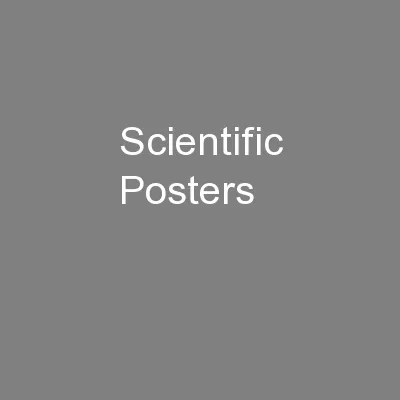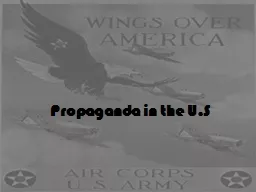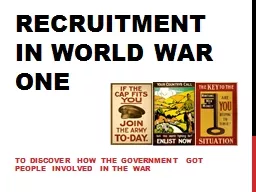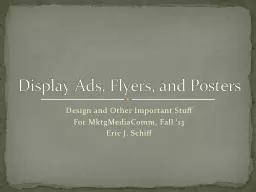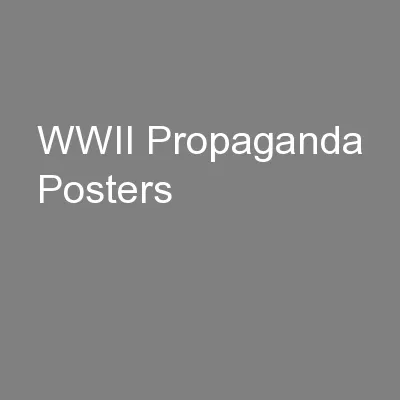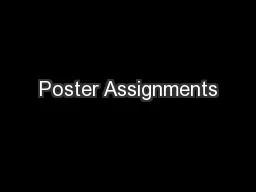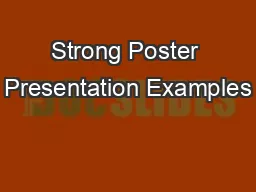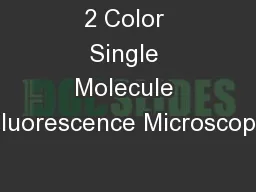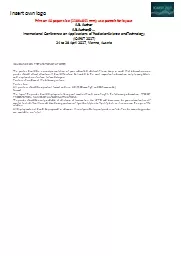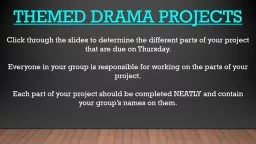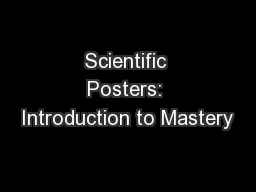PPT-Scientific Posters
Author : lois-ondreau | Published Date : 2016-03-01
Introduction to Mastery Dr Gail P Taylor Associate Director of STEM Initiatives Asst PD MBRSRISE Research Training Programs University of Texas at San Antonio Rev
Presentation Embed Code
Download Presentation
Download Presentation The PPT/PDF document "Scientific Posters" is the property of its rightful owner. Permission is granted to download and print the materials on this website for personal, non-commercial use only, and to display it on your personal computer provided you do not modify the materials and that you retain all copyright notices contained in the materials. By downloading content from our website, you accept the terms of this agreement.
Scientific Posters: Transcript
Download Rules Of Document
"Scientific Posters"The content belongs to its owner. You may download and print it for personal use, without modification, and keep all copyright notices. By downloading, you agree to these terms.
Related Documents

